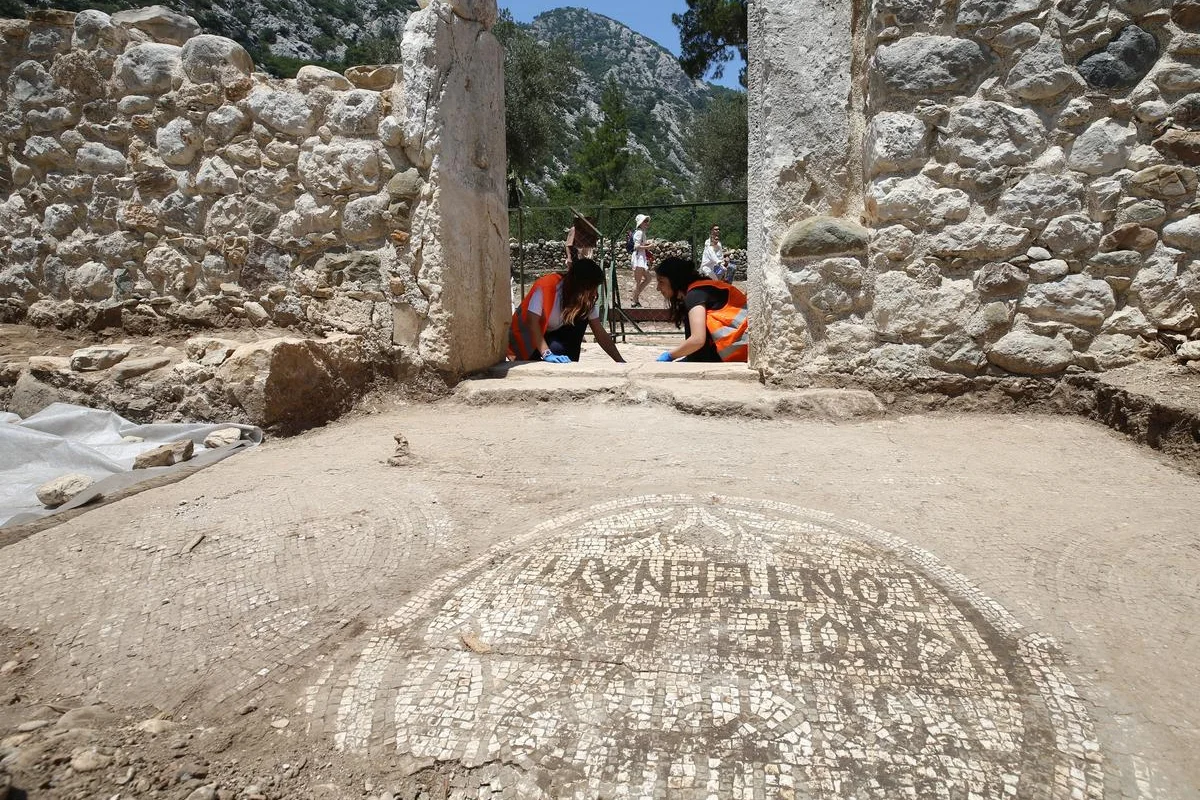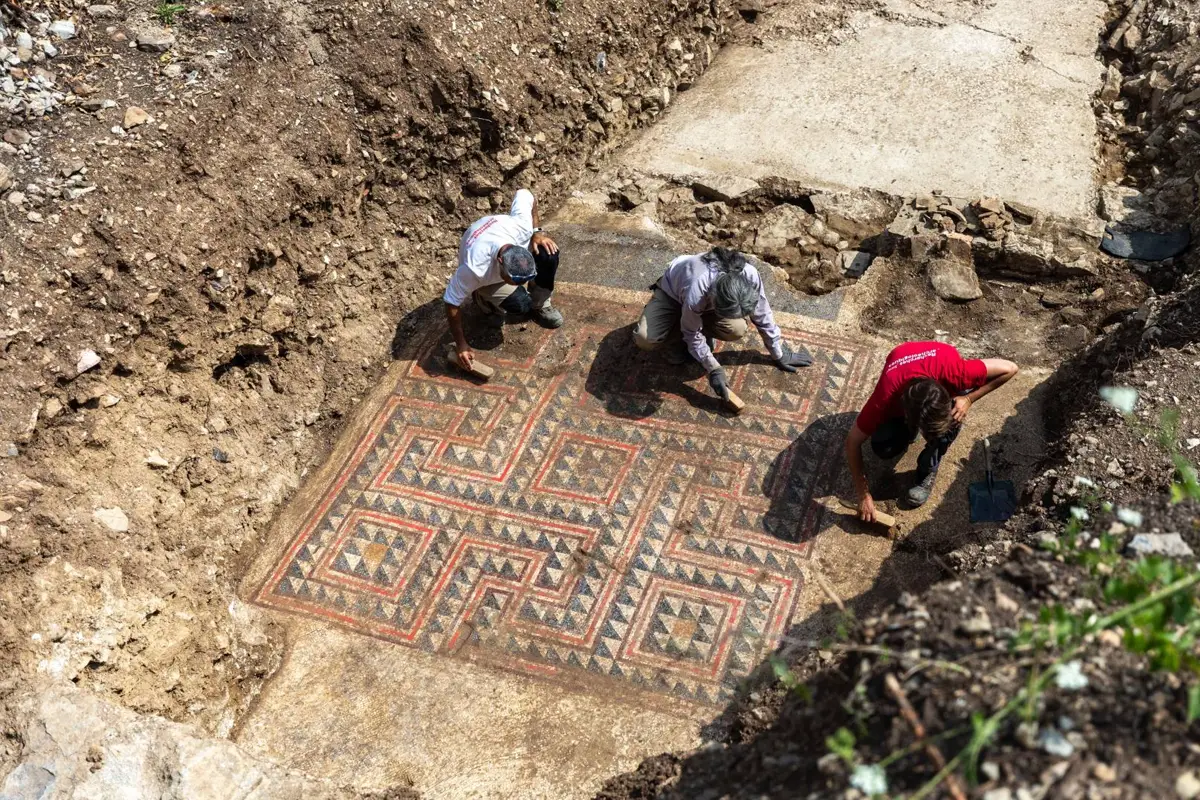Archaeologists have unearthed a colored wall that is thought to be more than 4000 years old and may have been a ceremonial temple, providing new insights into the historical cultures of the area.
An archaeologist works on a 4500-year-old polychrome wall, part of a temple dated to the late Preceramic period, in the Huaca Tomabal in the Valley of Viru, Peru.
Farmers discovered the wall for the first time in 2020 while harvesting crops in the Viru Valley, about 480 kilometers north of Lima, Peru. This led to an extensive investigation to uncover the wall's beginnings, according to archaeologist Feren Castillo, who is in charge of a study project in the coastal province of La Libertad.
"Three years later, we began a fresh treatment, the results of which revealed the process's age... In reference to the birth of Mayan civilization between the 7th and 2nd centuries BC, Castillo said, "Today we are confident that it is a building constructed during the Pre-ceramic Period between 4000 and 4500 years ago.
Castillo noted that the wall, which is probably approximately three meters high, features triangular geometric lines with sporadic red and yellow tones.
The most significant area must have included a pre-ceramic temple, he continued, with a hearth at its center that we should be able to excavate later.
The enigmatic, enormous Nazca lines, which were carved in the desert more than 1500 years ago, are located in the Ica area of northern Peru, as are ancient ceremonial complexes like Caral, which is said to be about 5000 years old.
The ruins of Machu Picchu, which are in the Cusco region and are a remnant of the Inca Empire, which ruled the southern half of the continent 500 years ago and stretched from southern Ecuador and Colombia to central Chile, are the most significant archaeological site in the nation.







